6 Ways to Maximize the Effectiveness of Your IT Leadership
As an IT leader, you navigate complex environments, manage diverse teams, and ensure the seamless operation of technology systems for your organization, all while staying ahead of cybersecurity threats and technological advancements. This can be challenging, especially with lean IT staff, budget limitations, and business pressures. Your direction as an IT leader sets the tone for your IT organization, so maximizing your leadership strategies can cultivate efficiency and effectiveness in your team.
Want to learn more about getting the most out of your leadership? Keep reading for six ways to be a more effective and efficient IT leader.
1. Gain a firm understanding of your environment and vulnerabilities
A good IT leader should be very familiar with their organization's technology environment and the accompanying vulnerabilities. This is not an easy feat, however. If you've reached an impasse with your environment or recently accepted a new position, it's best to conduct a comprehensive assessment of the various pillars of your organization's IT so that you know where your strengths and weaknesses are. Assessments give you visibility into what's happening and are valuable tools to help draw up organizational roadmaps.
You can conduct assessments on your own, but it's often helpful to get an additional set of eyes on your environment with the tools to approach that assessment systematically. External assessments can bring fresh perspectives and reveal blind spots that internal teams might overlook. Telcion has an extensive portfolio of IT and cybersecurity assessments, so reach out to us for more information!
2. Operate off a strategic plan
A good plan goes a long way toward providing the structure for efficiency. If you and your staff show up to work each day with a reactive instead of a proactive mindset, you will always fall behind where you need to be. Drawing up a solid strategic plan takes time and effort, but once it is in place, it can be your best directional tool and provide the foundation for all your activities.
That being said, strategic plans are only helpful if grounded in reality. Your strategic plan should originate with deep knowledge of your strengths and weaknesses. Ideally, it should map a path to shore up where your organization's IT and security might be lacking. A strategic plan should include clear goals, timelines, and milestones. It should also be flexible enough to adapt to changing circumstances. Regularly reviewing and updating your plan will ensure it remains relevant and effective.
3. Invest in the right team members
The wrong person on your team can throw the entire IT organization off balance. Dialing in on the types of people you need on your team, keeping both hard skill sets, personality, and character in mind, is one of the most effective ways to cultivate hardworking efficiency on your team. Efficient people foster a culture of efficiency, reinforcing that effectiveness across the organization. Once you've got the right staff, invest in those individuals and the team through continuing education, mentorship, and company team building. By strengthening the individuals on your team, you will help strengthen your team's effectiveness as a whole.
4. Prioritize people
Working in IT can be rewarding, but it is often taxing. Big projects require long hours, and your department's responsibility for cybersecurity means that if there's a breach, it's all hands on deck regardless of the hour. Your staff is (hopefully!) smart and hardworking, but if you continually ask them to overextend themselves, they will burn out. It is essential to be mindful of the limits of your workforce and incorporate structures that allow appropriate rest for the type and length of expected work.
Supportive structures can include practical things like ample PTO and flexible hours, but one of the best baseline practices is regularly checking in with your team. Being genuinely curious and caring about your employees' lives and bandwidth will build trust over time and establish the type of rapport that retains the right people and gives you a good pulse on where your team is at.
5. Augment your team with third-party services
Sometimes your team is limited by budget, staffing availability, skill set, or resource shortages. In these scenarios, utilizing a third-party IT service provider can augment your team's capacity in a highly efficient and cost-effective way. By paying for services, you get access to a whole set of skills without having to pay those individuals to be on your staff, and you also get the benefit of consultative and peer-oriented feedback from other experts in your field. Third-party service providers can fill in gaps quickly, provide specialized skills for projects, and offer insights from their broader industry experience. Trusted team members can be outside your organization!
6. Invest in security to protect your organization
As an IT leader, you are responsible to your organization and clients to ensure the right investments are made to secure the workplace. It's hard to be effective if you're constantly responding to threats and breaches, so being proactive with your threat prevention is crucial to both protecting your business and ensuring the effectiveness of your team. The right security tools can save you a world of trouble.
If you want to learn more about the best security products to protect your business, contact us to connect with one of our security experts.
An efficient and effective IT department begins with strong leadership, and your dedication to continuous improvement is a cornerstone of this strength. Embracing third-party services when needed, conducting thorough assessments of your technology environment, investing in the right team members, operating from a strategic plan, and prioritizing the well-being of your team are all critical components of this leadership. By integrating these elements, you create an environment where your team can thrive, innovate, and effectively support your organization's broader goals.
Remember, a great IT department starts with a great leader, and with your commitment and vision, you can drive your team toward unparalleled success.

